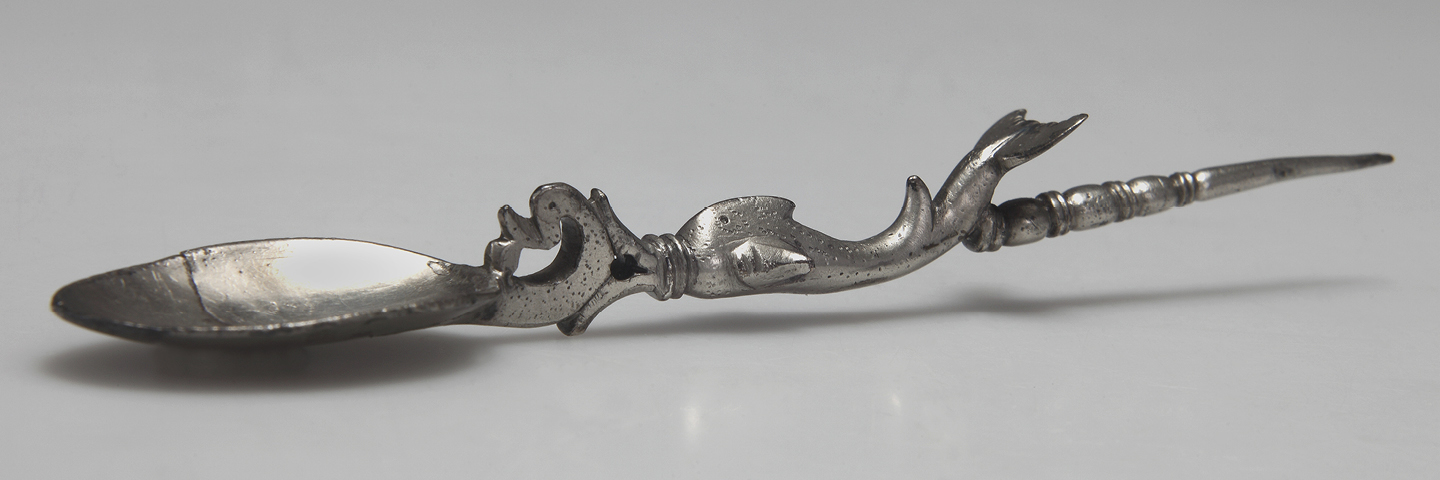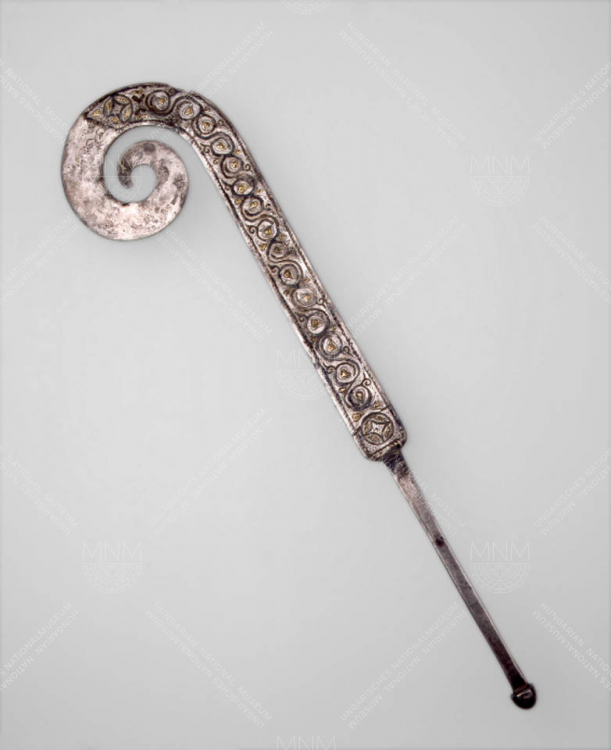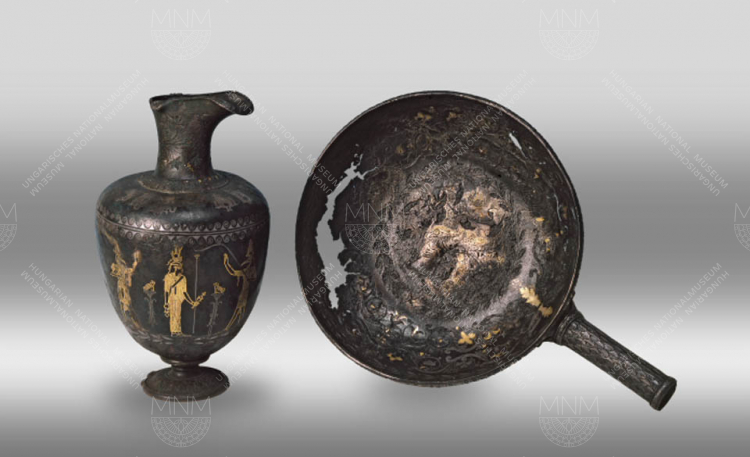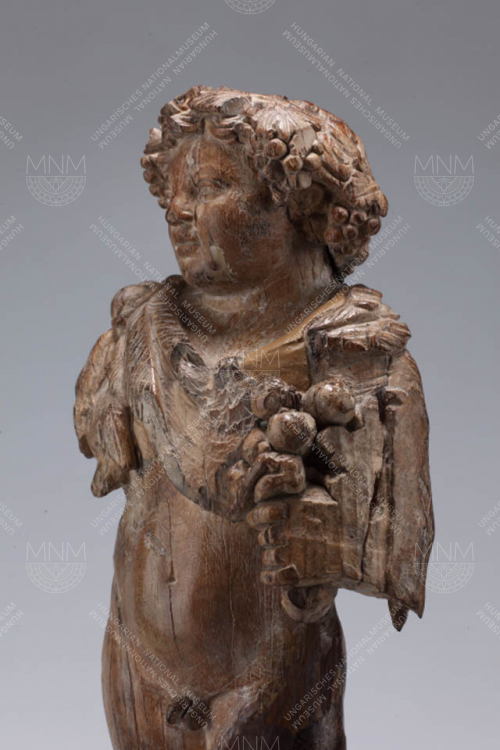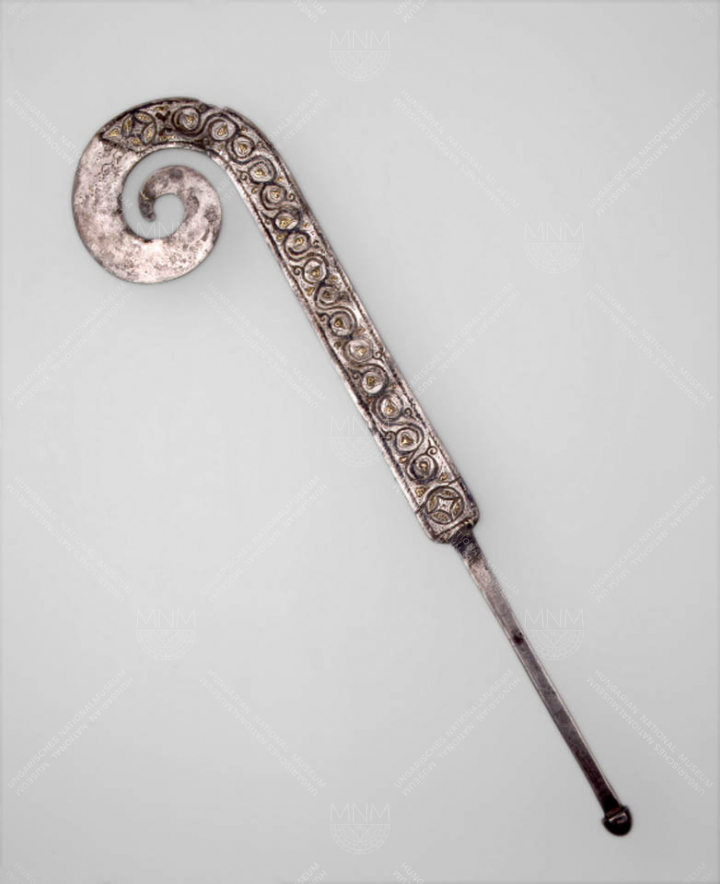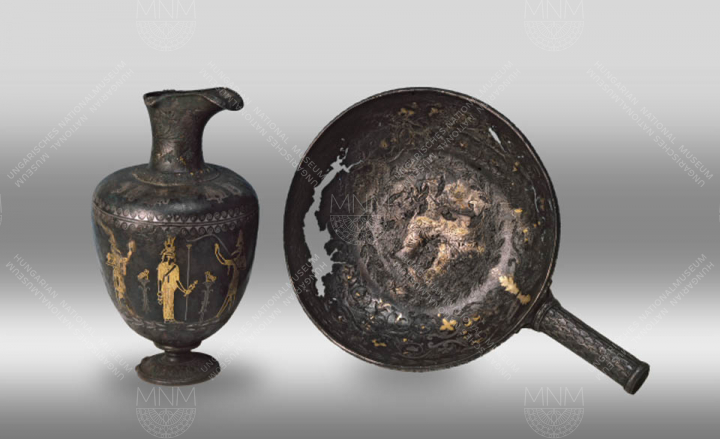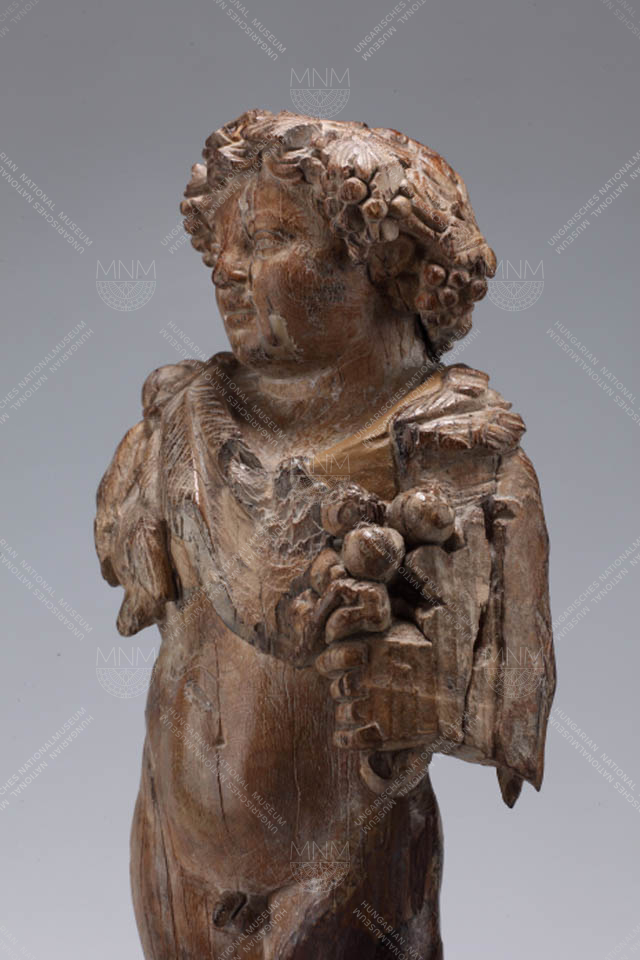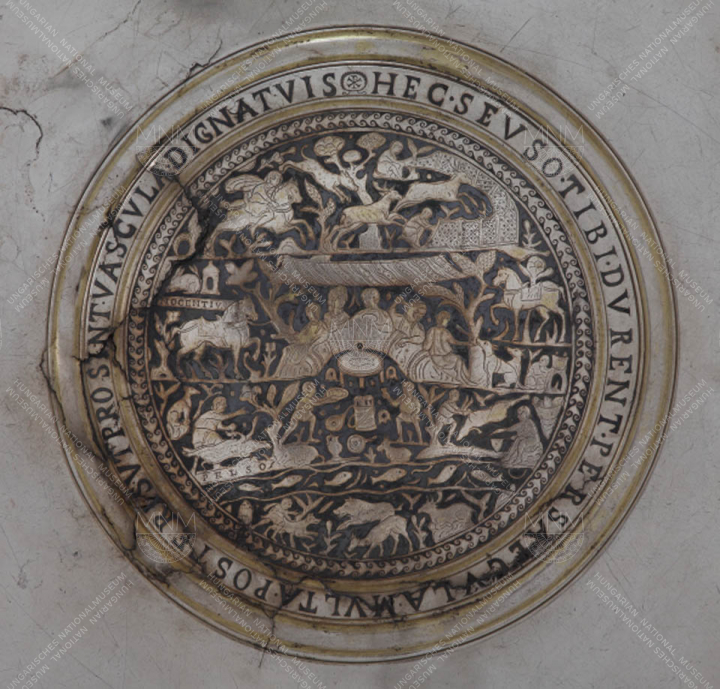
The Roman Collection is Hungary’s oldest collection of works of art from the Roman era and the only one which – thanks to collection activity across the Carpathian Basin – is able to provide a comprehensive picture of the history and archaeology not only of the Pannonia provinces, but of the province of Dacia also. The beginnings of its history coincide with the founding of the Hungarian National Museum in 1802; the Collection has, since 1927, been a distinct collection within the Department of Archaeology. Today, the artefacts in its inventory books number more than 70,000, meaning that those working there are looking after, handling, and developing a collection of Roman finds that is one of the most significant in Europe and at the same time one of the most complete. Its material comes largely from the significant military, urban, and cultural centres of Pannonia, mainly from the Brigetio (Komárom-Szőny), Intercisa (Dunaújváros), and Aquincum (Budapest-Óbuda) sites.
In the development of the Collection, a significant role has been played not only by conscious collecting activity, but also by patriotically motivated donations, owing to which a succession of highly significant works of art has passed to the National Museum. Of these, a silver folding stand discovered at Kőszárhegy, near Polgárdi; a set for hand washing consisting of gold and silver-inlaid vessels decorated with Egyptian deities and Nile scenes found at Egyed; and an ivory statue from Savaria (Szombathely) depicting a personification of Autumn still count as unique finds. Heroes and stories from Greek and Roman mythology can be found carved in relief on the stone sepulchral monuments exhibited in the Museum’s Lapidarium. It is there that the most significant collection of so-called carriage burials from the time of the Empire is to be found. This collection has been boosted by the addition of accessories from three burials excavated not long ago (Budakeszi; Budaörs, Burial 162; Sárisáp).
The local indigenous elite cultivated the custom of burying drawn carriages, deemed necessary by it for the journey to the afterlife, and often harnessed saddle horses and hunting dogs also, sticking to its old afterlife beliefs during the Roman period, too. Excavations are another significant source for the expansion of the Collection. For decades, colleagues working with the Roman Collection have researched Pannonian find-sites of outstanding scientific importance. Archaeological researches concerning the limes and the inner fortifications of the Late Roman period (Ságvár, Heténypuszta, Környe) look back on a great tradition, having uncovered a succession of outstandingly significant finds and buildings. The most important addition to the Roman Collection hitherto was made in the summer of 2014, when it received the 8 pieces of the Seuso treasure returned to Hungary. The silver vessels from this Late Roman hoard may be considered as belonging among the outstanding creations of world art.
